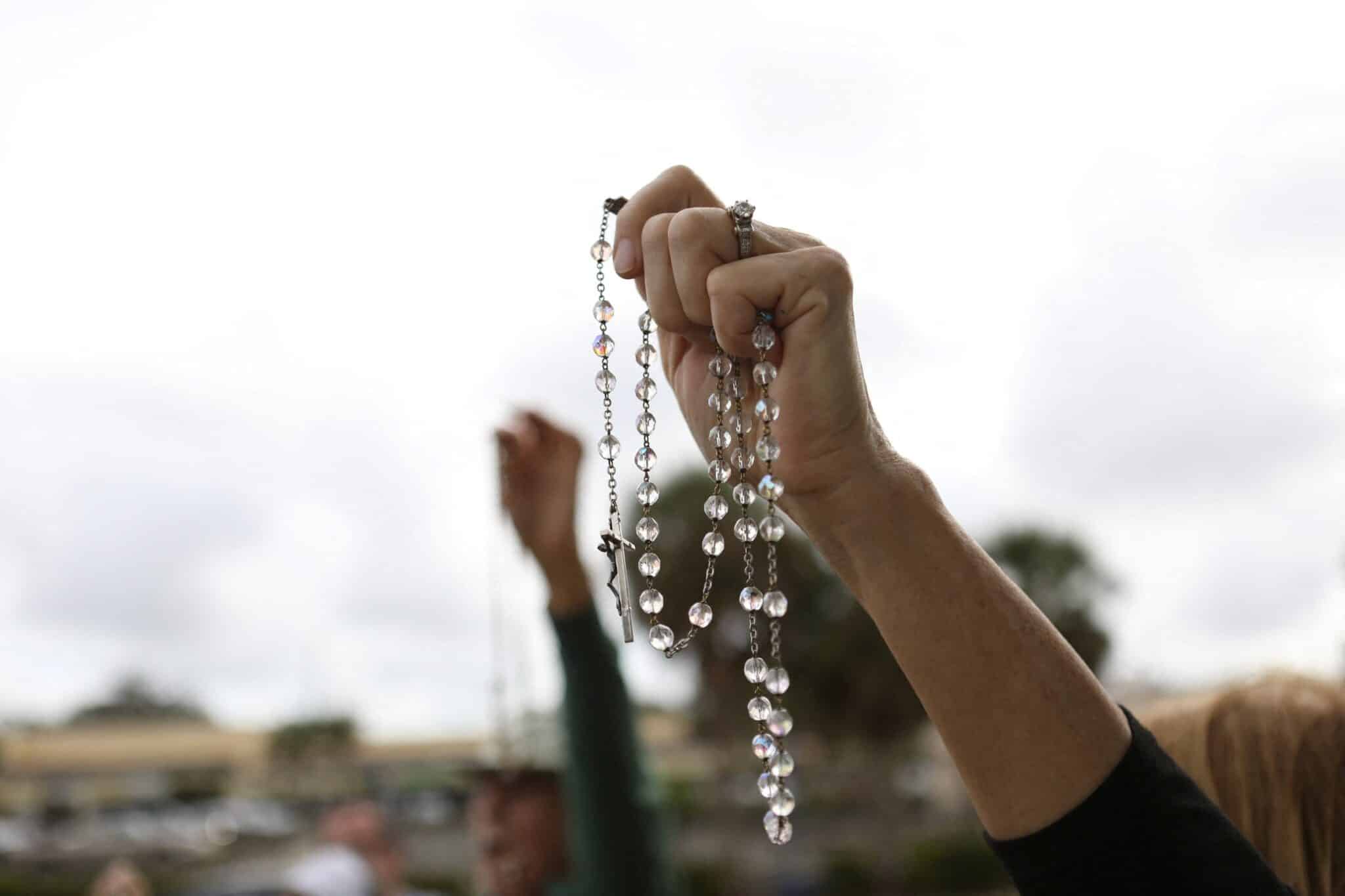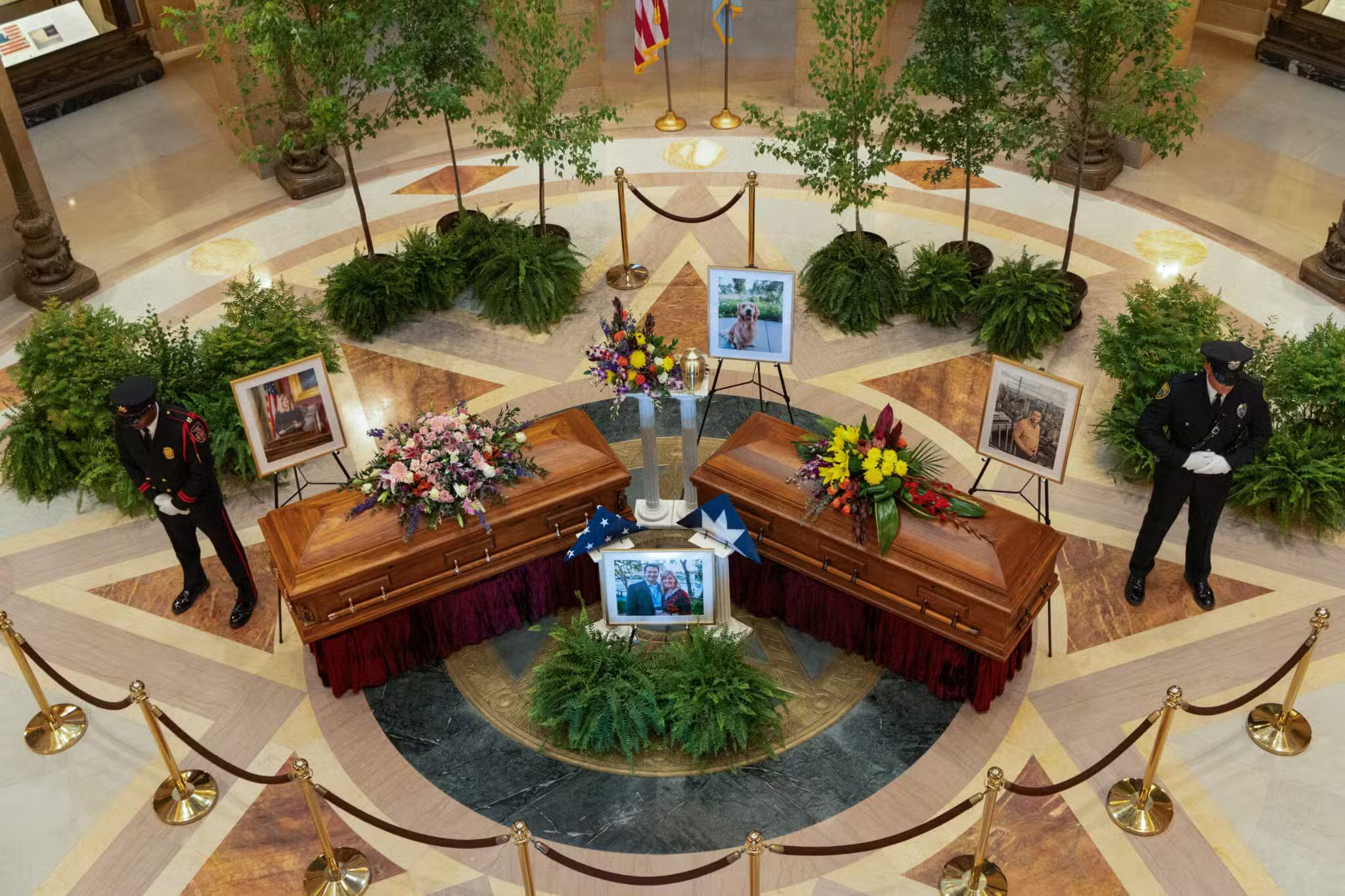On the morning of May 31, 2009, in the lobby of a Wichita Lutheran church, a gunman quietly approached an usher as he distributed bulletins to his fellow parishioners. The gunman raised his weapon to the 67-year-old man’s head and fired at point-blank range. Soon after the suspect fled, the usher died.
What might have been an isolated incident took a startling turn when the victim’s identity became known: George Tiller, a medical doctor and one of only a handful of physicians in the country who performed late-term abortions, was one of the most reviled figures by anti-abortion activists.
His alleged killer, Scott Roeder, was discovered to be a virulent extremist within that movement. Tiller was not chosen at random. And though activists on the fringe hailed this as a victory for the unborn, Tiller’s slaying—along with the eight other abortionists murdered in this country since 1977—contradicts what the pro-life movement defends.
A Lesson in Hate
The term hate crime is a newer invention, first coined in the 1980s. But its roots are deep. History shows that these crimes are, sadly, wedded to our nation’s lineage. But hate crimes are not solely an American epidemic: Romans persecuted Christians for centuries; the Nazi party massacred Jews by the millions; and Rwanda’s Hutu militia, under an ideology of intolerance, slaughtered some 500,000 Tutsis in 1994.
But crimes of this nature that crop up on our own soil should resonate strongly as well. From the killing of Martin Luther King, Jr., to the torture and murder of gay college student Matthew Shepard, to the increase of violence against Hispanics, bias- motivated crimes continue to pervade history.
According to the Anti-Defamation League, the United States has made efforts to curb the problem:
■ Forty-five states have statutes that criminalize varying types of hate- related violence or intimidation. These include religion, race and ethnicity; 32 of them cover sexual orientation; 32 cover disability; 13 cover age; and 11 states cover transgendered people.
■ According to the Department of Justice and the F.B.I., of the more than 113,000 hate crimes since 1991, 55 percent were motivated by racism; 17 percent involved religion; 14 percent related to sexual orientation; and 14 percent regarded ethnicity.
The murder of Dr. Tiller, however, is difficult to categorize. He wasn’t part of a racial minority, nor was he gay or disabled. But he was the victim of another’s hatred: He performed abortions, which surely got him killed.
Never Far From Controversy
In life, Dr. Tiller was no stranger to unwanted attention. The clinic that he ran was bombed in 1985. In 1993, he was shot in both arms by extremist Shelley Shannon. In early May 2009, Tiller asked local F.B.I. agents to investigate vandalism to his clinic, including severed wires to surveillance cameras and roof damage that triggered flooding. Three weeks later, he was murdered.
While Tiller’s medical practice cannot be condoned, unlawful, unethical and hypocritical methods of hindering the practitioner are futile: Murder cannot save the unborn. Archbishop Joseph F. Naumann of Kansas City, Kansas, immediately denounced Tiller’s killing.
“The Catholic Church,” he wrote in a statement, “believes that every human life is sacred. The murder of a human being is the gravest of crimes and is an intrinsic evil. Such an act of violence against human life is a contradiction of the most fundamental principle of the pro-life movement.”
But not everyone mirrored such a tactful position. Controversial activist Randall Terry, founder of the anti-abortion organization Operation Rescue, passively denounced Tiller’s murder, yet compared him to a Nazi who “reaped what he sowed.” Not vigorously speaking out in defense of all life—regardless of how a life was lived—may reap similar crimes in the future. Dr. Warren Hern, a friend of Tiller’s and himself a late-term abortionist, spoke of his own fears.
“It’s the inevitable consequence of more than 35 years of constant anti-abortion terrorism, harassment and violence,” he said. “No wonder that this happens. I am next on this list.”
Life Is Beautiful
Pope Benedict XVI spoke of the promise of life to those present at 2008’s World Youth Day. In a few simple words, he summed up the tenets of the pro-life movement.
“Life is not governed by chance. It is not random,” he said. “Your very existence has been willed by God, blessed and given a purpose. It is a search for the true, the good and the beautiful.”
We will never know if Dr. Tiller might have one day chosen to use his medically trained hands to heal instead of harm. But regardless of his job, Tiller was a creation of God. His occupation was irredeemable. His life was not.
The Rev. Lowell Michelson, pastor of the church Tiller attended, saw past his troublesome career. Perhaps we can, too. “As with any church community, there are folks on all different ends of the spectrum,” Michelson said. “But there was a sense here that our lives of faith are bigger and deeper than those issues.”








